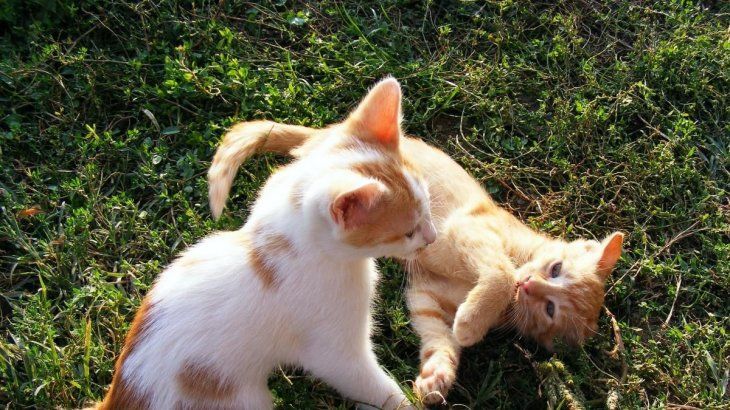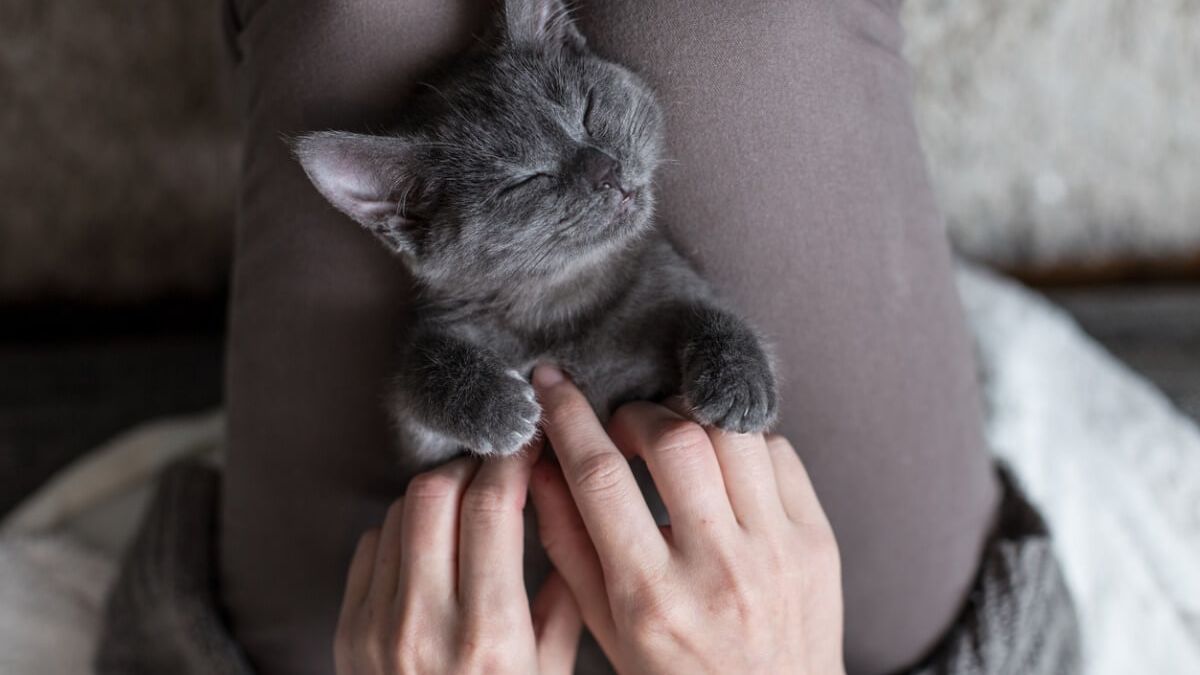The cats They are fascinating companions who enrich our lives with their presence and personality. Its life can extend between 12 and 20 years in which they pass through several stages with different needs and behaviors. Understanding these stages is crucial to providing them with the best possible careadapting their diet, veterinary care and environment to their age and physical condition.
The life cycle of a cat is divided into six stages, each with specific characteristics and needs. Knowing these stages helps to offer care personalized and effective, preventing health problems and ensuring their emotional well-being. Adapting care to each phase ensures that our felines enjoy a healthy life. long and healthyand allows owners to enjoy a full relationship with their pet.
cats-cover.jpg
What is the life cycle of a cat?
Kitten or puppies (0-6 months)
During the first 6 months of life, Cats are in full physical and social developmentAt this stage, they are very curious and play constantly, which helps them develop their motor and social skills. It is a key period where the cat begins to discover the world around it.
It is essential to start your pet’s vaccination schedule and, in many cases, consider sterilization to prevent health problems and unwanted behaviors in the future. In addition, It is important to provide them with adequate nutrition for their growthwith specific nutrients for this phase.
Junior or young cat (7 months – 2 years)
At this stage, Cats reach sexual maturitywhich translates into a change in their behavior. Like human teenagers, They have a lot of energy and are very curiousIt is common for them to be constantly moving, exploring their environment and staying active.
Here, socialization is key to avoiding behavioral problems in the future. It is also important to carry out regular veterinary check-ups and reinforce vaccinations to ensure their good health. Keeping their curiosity stimulated with interactive toys and exercises is a good way to channel their energy.
cats-playing.jpg

Young adult (3-6 years)
From 3 years old, Cats begin to show more stable behavior and their personality becomes consolidated.It is a stage where they enjoy their independence, although they still seek interaction and playtime with their owners.
It is important to pay attention to their diet, as they usually stabilize their weight at this stage and could start to develop health problems if they are not fed properly. Regular visits to the vet to monitor their general well-being and adjust their diet are essential to prevent diseases.
Mature (7-10 years)
In the mature stage, Cats significantly reduce their level of physical activityThey begin to show signs of aging, such as decreased agility and increased hours of rest. This phase is comparable to middle age in humans.
It is crucial to pay attention to your diet and ensure that you maintain an appropriate weightsince at this stage they are more likely to gain weight, which can lead to health problems. It is also important to carry out more frequent veterinary checks to detect possible chronic diseases, such as diabetes or kidney problems.
cat.jpg

Freepik
Senior (11-14 years)
Entering the senior stage, Cats begin to further decrease their activity. This is a phase where they rest more and become less curious. Chronic diseases, such as kidney disease or hyperthyroidism, become more common, so it is advisable to increase the frequency of visits to the vet.
During this time, Your diet must be adjusted to your new needs.s, with specific foods for older cats that help them maintain good health. In addition, paying special attention to ensure they have a good quality of life is essential.
Geriatric (+15 years)
Upon reaching the age of 15, Cats enter the geriatric stage, similar to old age in humans.. They often have joint problems, difficulty moving and, in some cases, senile dementia. Their behavior becomes much calmer and they can spend most of their time sleeping.
At this stage, care must be even more specific, providing comfort and controlling their ailments. Regular visits to the vet become essential to ensure a dignified and pain-free life in their later years.
Source: Ambito
I am an author and journalist who has worked in the entertainment industry for over a decade. I currently work as a news editor at a major news website, and my focus is on covering the latest trends in entertainment. I also write occasional pieces for other outlets, and have authored two books about the entertainment industry.




